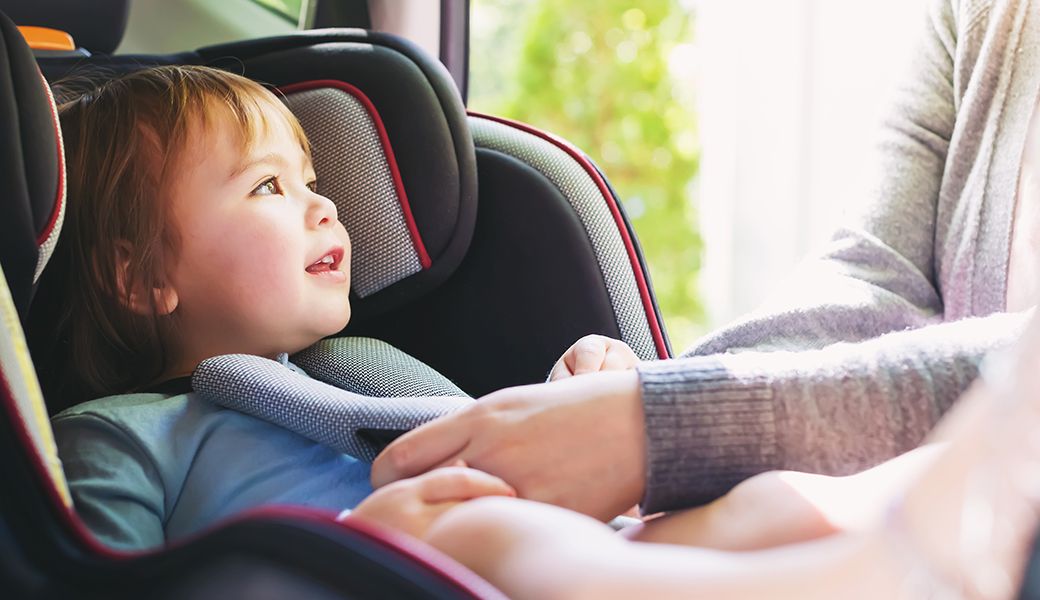Updated 11/11/2021
Traveling with a new baby can be nerve-wracking. However, you can be more confident in the car when you know your child's car seat is safely installed.
"A properly installed car seat can definitely provide peace of mind to anyone traveling with children," said Jenny Brooks, pediatric injury prevention coordinator. "Consult a local child passenger safety technician and have your seat checked if you are in doubt. These experts can teach you the best practices."
HealthyChildren.org, an informational website backed by the American Association of Pediatrics, provides the following guidelines for car-seat safety:
| Age Group | Seat Type | General Guidelines |
|---|---|---|
| Infants & Toddlers |
|
Infants and toddlers should ride in rear-facing seats until they are at least 2 or reach the highest weight or height allowed by their car-seat manufacturer. |
| Toddlers & Preschoolers |
|
Children who have outgrown the rear-facing weight or height limit for their convertible seats should use forward-facing seats with harnesses for as long as possible, up until the highest weight or height allowed by their car-seat manufacturers. |
| School-aged children | Booster seats |
All children whose weight or height exceeds the forward-facing limit for their car safety seats should use a belt-positioning booster seat until the vehicle seatbelt fits properly, typically when they have reached 4 feet 9 inches in height and are between 8 and 12 years of age. All children younger than 13 should ride in the back seat. |
| Older children | Seat belts | When children are old enough and large enough for the vehicle seatbelt to fit them correctly, they should always use lap and shoulder seatbelts for the best protection. All children younger than 13 years should ride in the back seat. |
For children of all ages, you should never use a car seat or restraint that:
- Is too old (car seats have expiration dates)
- Has visible cracks in it
- Appears to be missing parts
- Has been involved in an accident
- Was recalled by the manufacturer
- Was purchased or borrowed secondhand (if you don't know the car seat's history)



